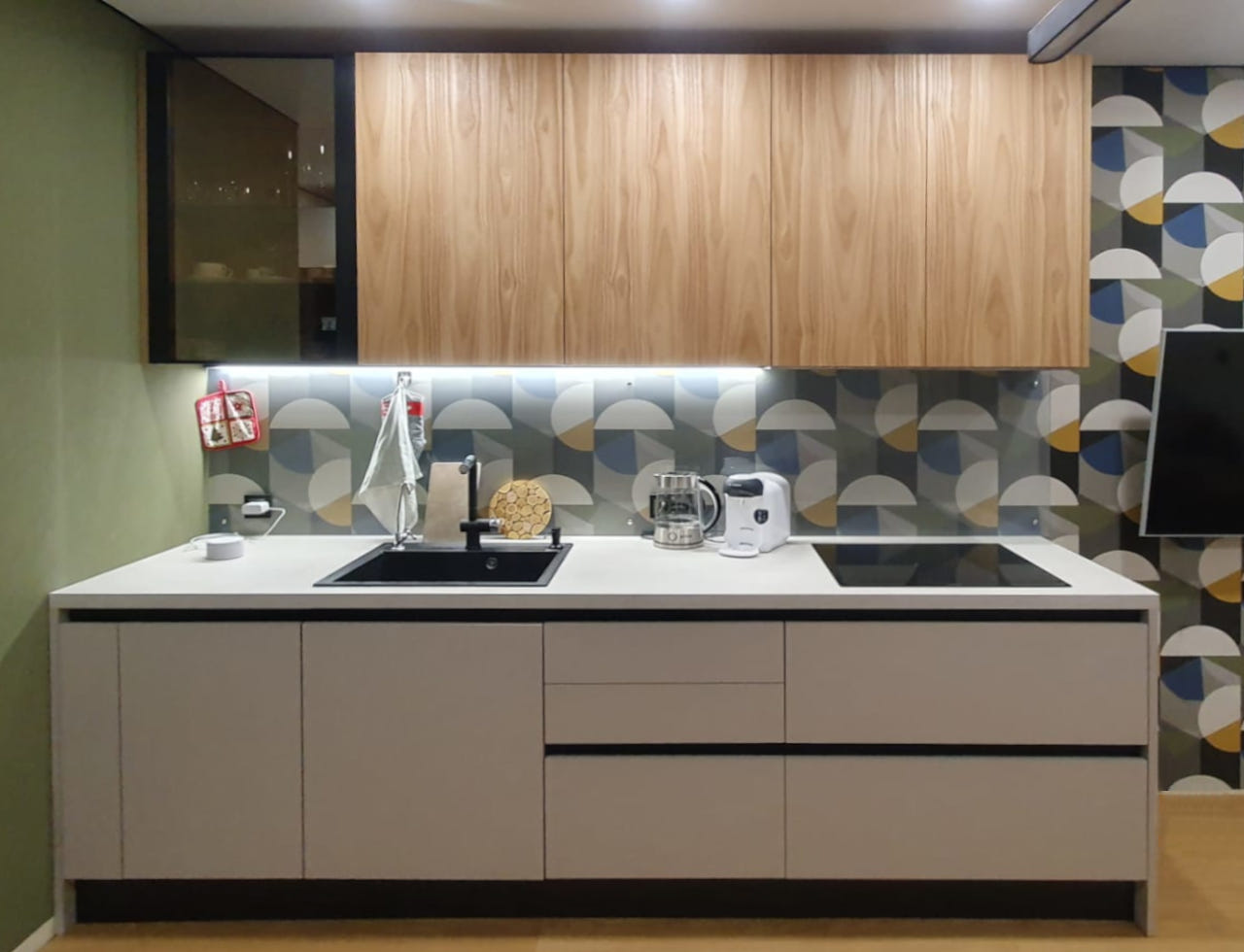
The Evolution of Culinary Spaces
The concept of culinary spaces has evolved significantly over the years, from the traditional, utilitarian kitchens to dynamic, multifunctional areas that are central to the home and entertainment. As the heart of our homes has changed, it has become a reflection of our lifestyles, a place for social gatherings, and a hub for creativity and innovation. This evolution has spurred a redefinition of what culinary spaces are and how they are used.
Innovative Design for Modern Living
Innovative design is at the forefront of redefining culinary spaces. It involves incorporating cutting-edge technology and trendsetting design elements that transform the kitchen from a space for mere cooking to a multifaceted environment. Sleek smart appliances, functional yet stylish storage solutions, and advanced materials that are both durable and aesthetic, contribute to a kitchen that is both a chef's dream and a central gathering spot for guests and family.
Technology Integration in the Culinary Experience
Technology has become an integral part of modern culinary spaces, with smart appliances and devices enhancing the functionality and experience of cooking. From refrigerators that can track food inventory and create shopping lists, to ovens that can be controlled remotely via smartphone, technology in the kitchen saves time and facilitates culinary creativity. Additionally, voice-activated assistants and smart lighting systems have added convenience and ambiance, making the kitchen more accessible and enjoyable for everyone.
Multi-Use Spaces for Flexibility and Efficiency
Today's culinary spaces are designed to be versatile to accommodate the diverse activities that occur in modern homes. The kitchen now often includes extended countertops for dining, office nooks for working from home, or even small lounging areas. By embracing an open floor plan, kitchens are able to serve multiple purposes and host different events, from formal dinners to casual get-togethers, all within the same adaptable space.
Environmental Considerations and Sustainability
Sustainability has become a priority in the redefinition of culinary spaces. The inclusion of energy-efficient appliances, locally sourced materials, and waste-reducing solutions not only reduces the carbon footprint but also ensures a healthier environment for cooking and living. Moreover, the trend towards growing herbs and vegetables indoors, using hydroponic or aeroponic systems, is further supporting the marriage of sustainability with modern culinary spaces.
The Future of Culinary Spaces: Beyond Cooking
As we look to the future, culinary spaces will continue to redefine how we interact with food, technology, and each other. The integration of dining, entertaining, and even virtual cooking experiences through augmented reality or cooking apps promises to further elevate the role of the kitchen in our daily lives. With each innovation, the culinary space becomes more than just a place for preparing meals; it becomes a transformative space for connection, exploration, and inspiration.